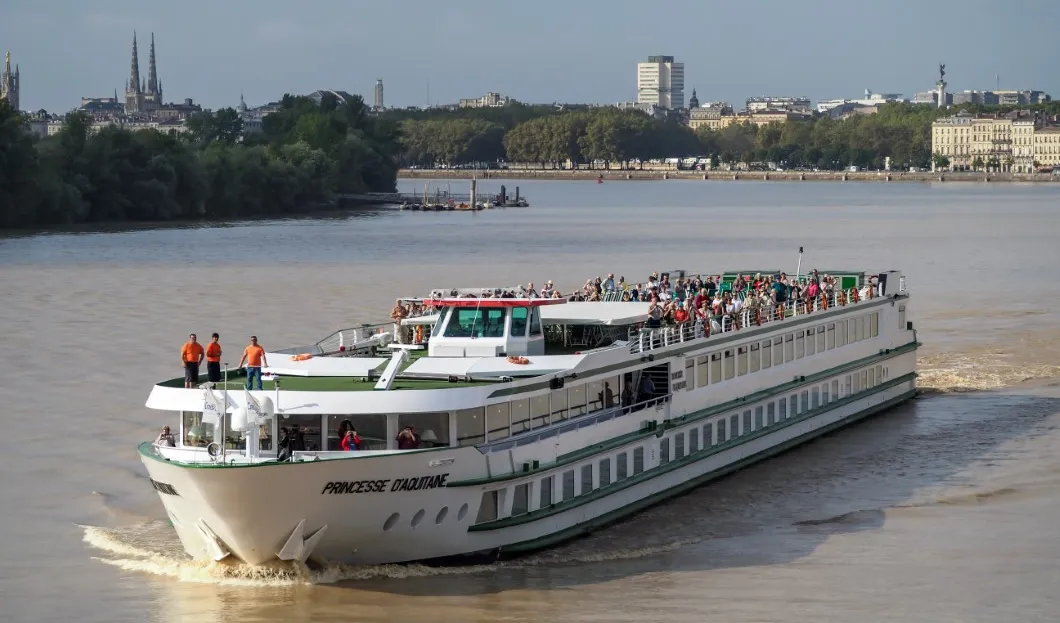
From barge-hotel to flyboats, river tourism continued to attract visitors in 2018, with a total of 11.3 million passengers transported on the network of 6700 kilometers of rivers and canals in France, managed by French Waterways (VNF). VNF is a public administrative institution of the Ministries of Ecological and Solidarity Transition and Transport.
This 2% increase compared to 2017 is largely due to the return of foreign customers, who represent 57% of the total number of visitors, and up to 84% for the cruise ship sector.
"The practice of river tourism is part of the trend of 'slow tourism', which takes its time and combines the discovery of natural and cultural heritage, but also sports practices or epicurean pleasures (gastronomy, oenology)," stresses Thierry Guimbaud, general manager of French Waterways. VNF also states that… "These good results reinforce the growth of the sector after the difficulties encountered in 2016 face crudes and terrorist attacks."
It is the " walking boats " - i.e. cruises lasting a few hours, which allow you to discover cities from the river - that have embarked the most passengers, i.e. 10.6 million, with the Île-de-France accounting for 71% of the activity.
River tourism took 463,000 people on board last year (compared to 426,000 in 2017), thanks to their "turnkey" products that allow visitors to discover a territory aboard a river liner with a capacity of 30 to 150 people, or on a hotel barge.
The Rhine axis was a great success, welcoming 48% of passengers who opted for a river cruise. A total of 133 boats have stopped in Strasbourg, a doubling since 2015.
Growth has also continued in the rental (without a license) of habitable boats - which are less than 15 meters long and equipped with sleeping quarters - with 26,000 contracts sold.
Overall, Voies navigables de France estimates the economic benefits generated by river tourism each year at €630 million.















